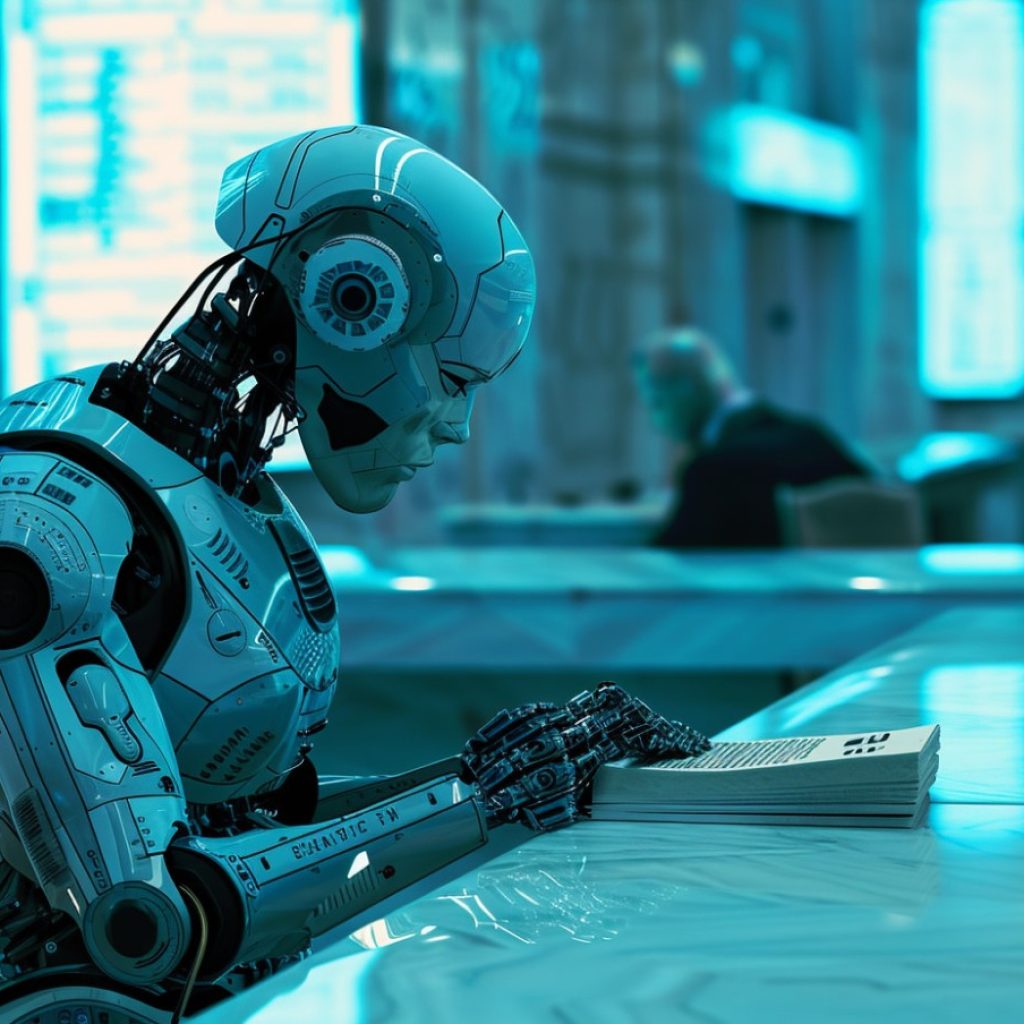The global economy is poised to enter a new “super cycle” driven by two key factors: artificial intelligence (AI) and decarbonization, according to Peter Oppenheimer, the head of macro research in Europe at Goldman Sachs. In this article, we explore the implications of this emerging economic phenomenon.
A super cycle is characterized by prolonged periods of economic expansion, typically accompanied by robust GDP growth, increased demand for goods leading to higher prices, and a high level of employment.
The most recent super cycle began in the early 1980s, marked by peaking interest rates and inflation, followed by decades of falling capital costs, inflation, and rates, along with policies like deregulation and privatization. During this time, geopolitical risks eased, and globalization strengthened.
Changes in the economic landscape
Peter Oppenheimer points out that not all aspects of the previous supercycle are likely to continue as before. There is a pushback against globalization, increased geopolitical tensions, and a less aggressive trend in declining interest rates.
Despite the challenges, there are positive drivers that could sustain the new super cycle. AI, while still in its early stages, is increasingly becoming the foundation for new products and services. This shift towards AI-driven innovations can have a positive impact on stock markets.
The role of AI in productivity
AI’s impact on productivity is a hot topic, often associated with concerns about job displacement. However, Oppenheimer emphasizes that AI can improve productivity, leading to economic growth and higher profit margins.
Oppenheimer draws historical parallels to better understand the current economic landscape. He mentions the early 1970s and early 1980s, similar to today’s situation, such as geopolitical tensions and regulatory changes. However, he also looks further back to the late 19th century when rapid technological innovation and a shift towards decarbonization fueled modernization and industrialization.
Oppenheimer highlights the importance of learning from history to navigate the evolving economic environment effectively in light of these historical parallels. While cycles and structural shifts repeat themselves, they do so in unique ways. Understanding historical patterns can provide valuable insights for positioning oneself in the current economic landscape.





